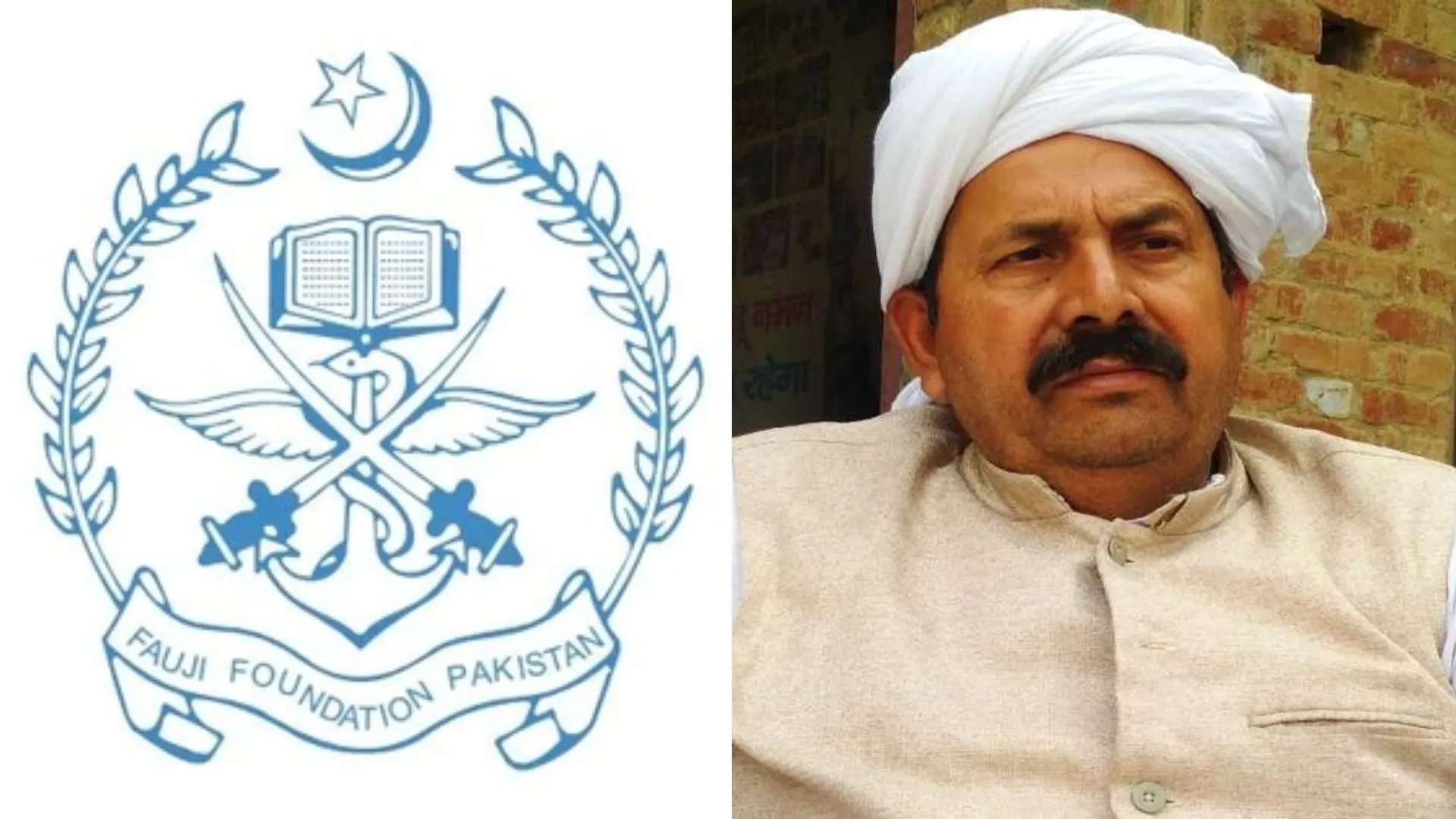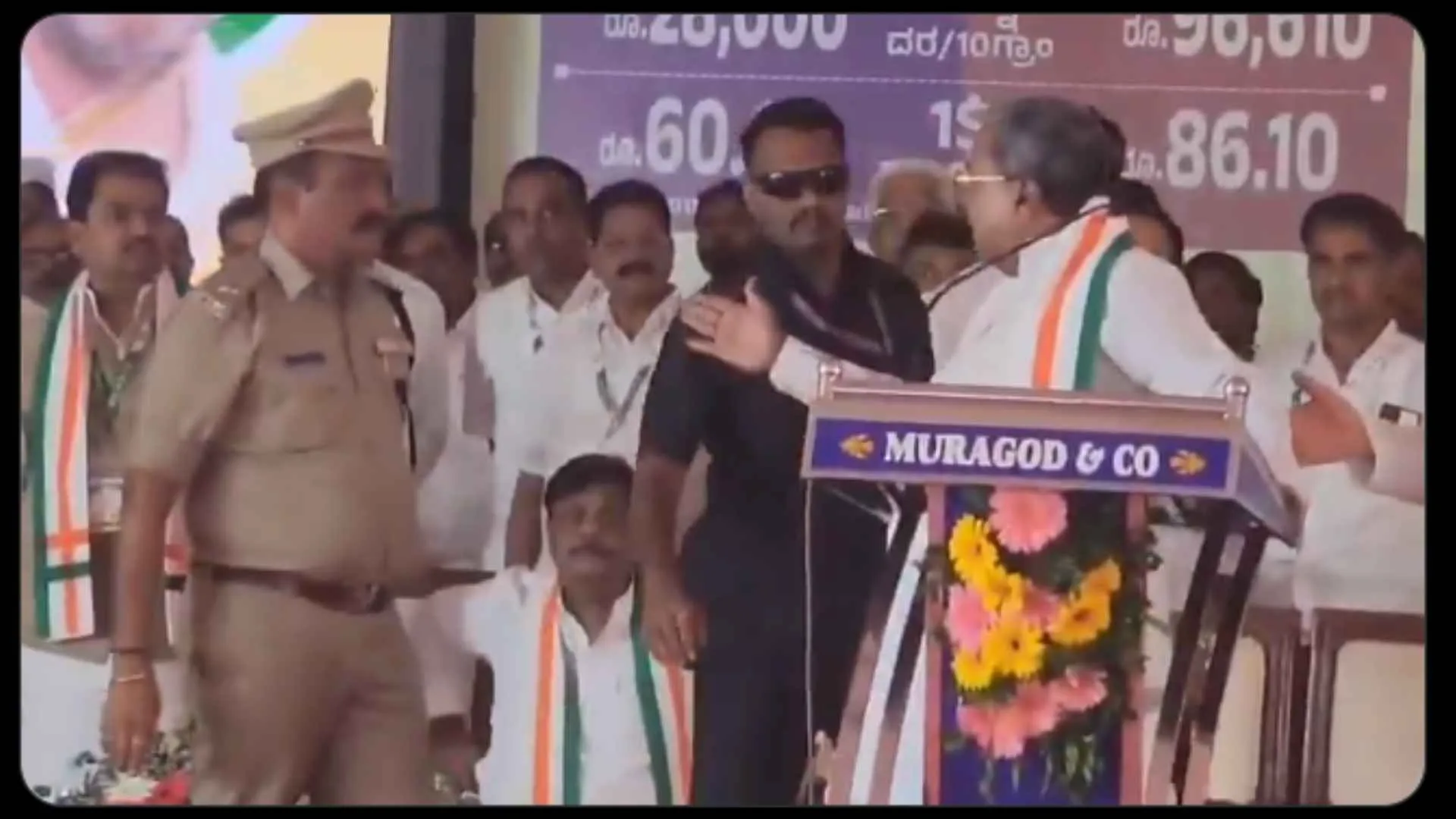The Government of India has formally designated Justice Biren Vaishnav as the Acting Chief Justice of the Gujarat High Court for the duration of Chief Justice Sunita Agarwal’s sanctioned leave, spanning from February 18 to March 2.
This interim assignment ensures judicial continuity and administrative stability within the High Court.
The appointment coincides with increasing institutional tensions, as evidenced by the Gujarat High Court Advocates’ Association (GHCAA) passing a unanimous resolution advocating for the reassignment of Chief Justice Agarwal to an alternative jurisdiction.
This demand originates from apprehensions regarding a recent restructuring of the judicial roster, which dictates the systematic allocation of cases among the judiciary.
In a formal communiqué issued by the Ministry of Law and Justice, Justice Vaishnav’s temporary elevation was authorized pursuant to Article 223 of the Constitution of India.
The notification explicitly states: “In exercise of the power conferred by Article 223 of the Constitution of India, the President is pleased to appoint Shri Justice Biren Aniruddha Vaishnav, Judge of Gujarat High Court, to perform the duties of office of the Chief Justice of that High Court during the period of absence of Chief Justice of Gujarat High Court, who is proceeding on leave from February 18 up to March 2.”
The GHCAA’s resolution underscores broader concerns regarding procedural alterations affecting judicial administration.
The allocation of cases within a High Court is a pivotal component of judicial efficiency, ensuring an equitable workload distribution among judges. Any abrupt modifications to this framework can elicit substantial dissent from the legal fraternity, as evidenced by the association’s recent action.
Justice Biren Vaishnav, a seasoned jurist within the Gujarat High Court, will oversee judicial operations in an acting capacity, mitigating any potential disruptions arising from Chief Justice Agarwal’s temporary absence.
However, the discourse surrounding her proposed transfer remains an active subject of deliberation within the legal community.
These unfolding developments accentuate the nuanced equilibrium between judicial governance and the collective interests of the legal profession. The GHCAA’s call for reassignment “within the framework of law” underscores the procedural rigor with which such matters must be approached.
As Justice Vaishnav assumes interim responsibilities, the broader discourse on judicial administration and structural reforms is expected to continue in the days ahead.






















